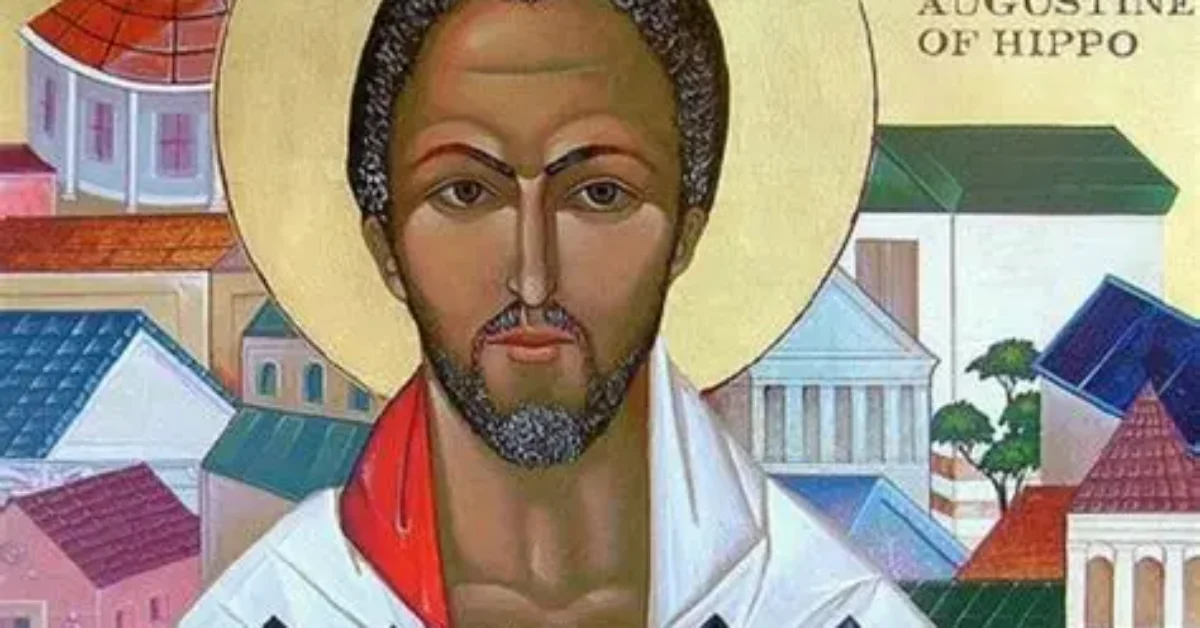Musings from Augustine of Hippo on Catechizing
Last week I concluded with words from Ambrose that the goal of the catechumenate is “inebriation” in Christ. Arriving at that inebriation requires a well thought process on the part of the catechist. As William Harmless notes in Augustine and the Catechumenate, Augustine received just such a question from a catechist, Deogratias (what a baptismal name, God-thanking one), around 400 AD. Deogratias question essentially was, how shall I catechize effectively the inquirers, those entering the initial stage of the catechumenate. Apparently at that time in North Africa this stage lasted one session. In particular, Deogratias wanted to know how much of the biblical narrative he should cover. Augustine answered in his treatise, On Catechizing. The treatise has a profound influence on pedagogues and pedagogy in the subsequent eras of church life. However, I want to focus, as Harmless does, on Augustine’s response to Deogratias’ question. There are lots of things that could be done with inquirers, but ultimately the most important thing they should come to know is the story of God in Christ. That is exactly where Augustine points Deogratias. As Harmless conveys, using Augustine’s words,
“The narrative is complete when the beginner is first catechized from the text, ‘In the beginning God created heaven and earth,’ down to the present period of church history.” This advice, at first sight, seems overwhelming: that the catechist should have to survey the whole of biblical and church history in a single speech. . . . He counselled—obviously tongue-in-cheek— against taking his suggestion too literally: “That does not mean, however, we ought to repeat verbatim the whole” of the Scriptures, even “if we have learned them by heart.” Augustine insisted that the catechist be selective: on the one hand, give a comprehensive survey, and on the other, highlight “certain of the more remarkable facts.” . . . . Augustine offered an analogy: one’s narrative should flow as though it were a valuable parchment being carefully unrolled and spread out to view that the audience might both examine it and admire its beauty. What guided this was a commonsense pedagogy: “In this way not only are the points which we desire to emphasize brought into high relief by keeping other in the background, but also the one whose interest we are anxious to rouse by the narrative (narratio) does not come upon them with a mind already exhausted nor with a memory confused” (Harmless, 126-129; De catechizandus rudibus, 3.6, 4.8).
In other words, “the case for Christianity” for the inquirers was best made by the story itself, and especially by its culmination in the coming of the Lord Jesus Christ. As Augustine says, “Christ came mainly for this reason: that we might learn how much God loves us, and might learn this to the end that we might begin to glow with love of him by whom we were first loved, and so might love our neighbors at the bidding and after the example of him who made himself our neighbor by loving us.” This was, for Augustine, the Christian message in a nutshell.
Inquirers through God’s story in Christ Jesus are inebriated with God’s love. If that is the end result of the period of inquiry, Alleluias will abound.
